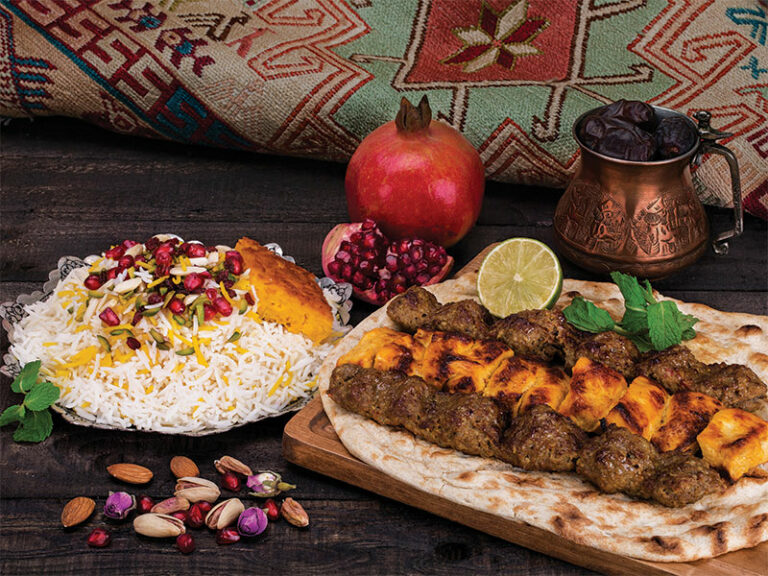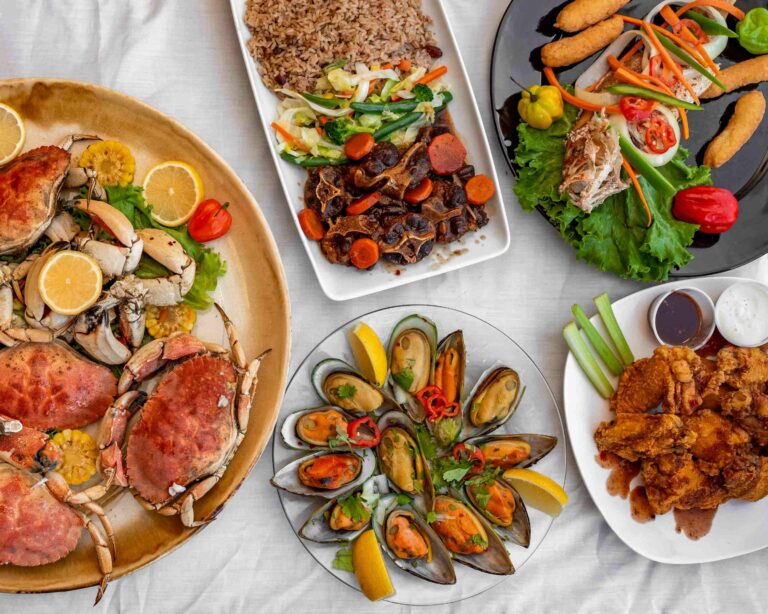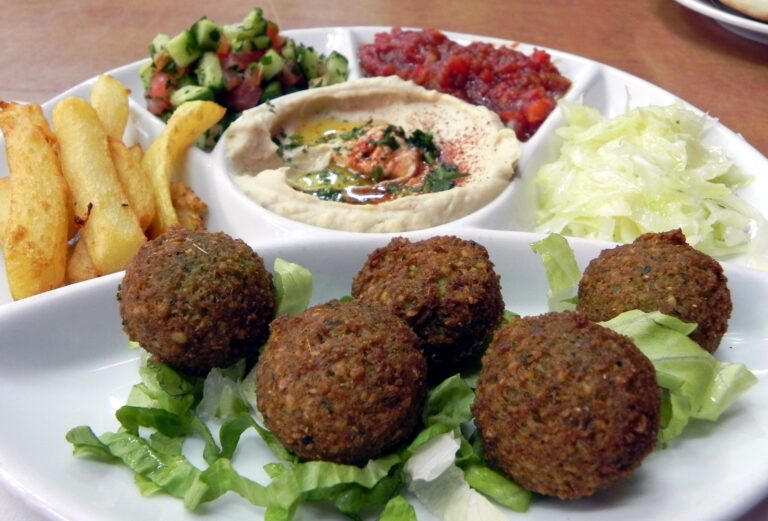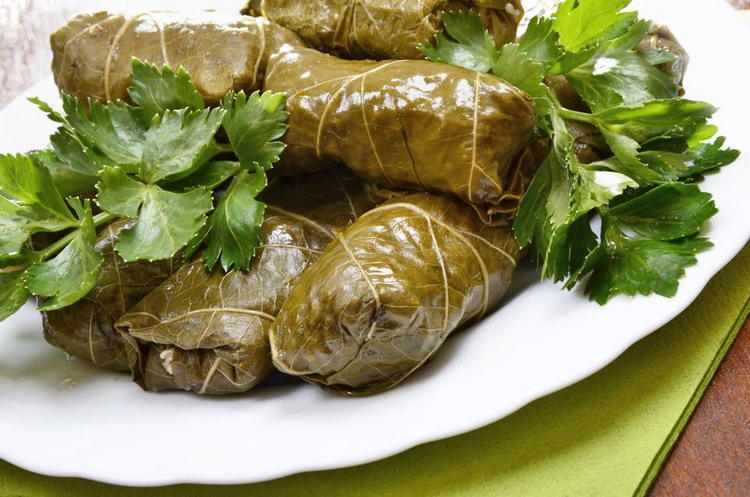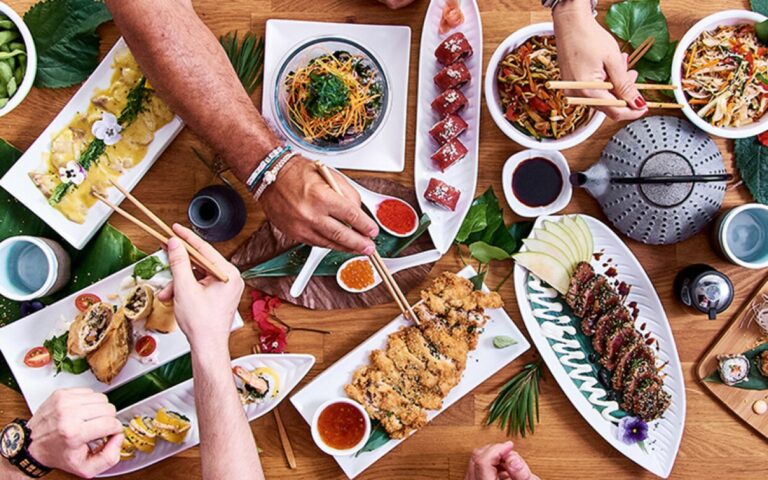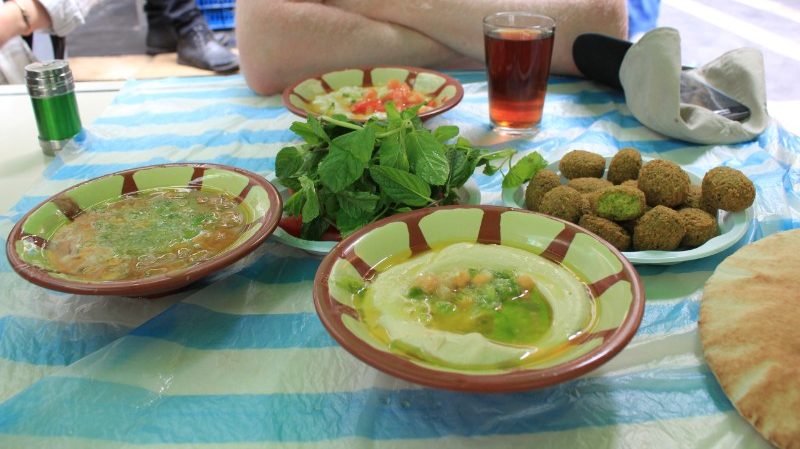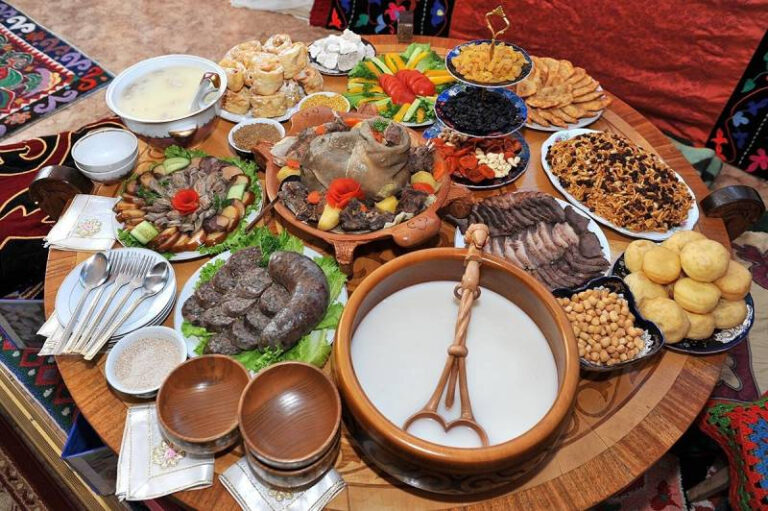Introduction: Iranian cuisine
Iranian cuisine, also known as Persian cuisine, is a culinary style that has been refined over thousands of years. It is a fusion of different cooking styles from various regions of Iran and neighboring countries. Iranian cuisine is characterized by the use of aromatic herbs and spices, as well as a wide range of fruits and vegetables. Meat, particularly lamb, chicken, and beef, is also a staple in Iranian cuisine.
Essential Ingredients used in Iranian Cooking
The essential ingredients used in Iranian cooking are rice, meat, herbs, spices, and vegetables. Rice is a staple in Iranian cuisine and is usually served with meat or vegetables. Iranian cuisine also uses a variety of meats, including beef, lamb, and chicken. Herbs such as mint, coriander, and dill are commonly used in Iranian cooking to add flavor and aroma to dishes. Vegetables such as eggplant, tomatoes, and green peppers are also popular in Iranian cuisine.
Unique Flavors of Iranian Cuisine
Iranian cuisine is known for its unique flavor profile that comes from the use of spices and herbs. The use of saffron, sumac, and advieh is common in Iranian dishes. Saffron, which is considered to be one of the most expensive spices in the world, is used to add a rich, earthy flavor to rice dishes and stews. Sumac, a tangy spice, is used to add a citrusy flavor to salads and dips. Advieh, a blend of spices that includes cinnamon, cardamom, and cumin, is used to add a warm, sweet flavor to stews and rice dishes.
Persian Spices: Saffron, Sumac, Advieh
Saffron is one of the most prized spices in Iranian cuisine. It is used in a variety of dishes, including rice dishes, stews, and desserts. Saffron has a rich, earthy flavor that adds depth to dishes. Sumac is a tangy spice that is used to add a sour note to salads, dips, and marinades. It has a lemony flavor and is often used as a substitute for lemon juice. Advieh is a blend of spices that is used to add flavor and aroma to stews and rice dishes. It includes cinnamon, cardamom, cumin, and other spices.
Persian Herbs: Mint, Coriander, Dill
Herbs such as mint, coriander, and dill are commonly used in Iranian cooking. Mint is used to add a fresh, cool flavor to dishes and is often paired with lamb. Coriander is used to add a citrusy, slightly sweet flavor to dishes and is commonly used in marinades and salads. Dill is used to add a fresh, slightly sweet flavor to dishes and is often paired with fish.
Conclusion: The Richness of Iranian Cuisine
Iranian cuisine is a rich and diverse culinary tradition that has been refined over thousands of years. It is characterized by the use of aromatic herbs and spices, as well as a wide range of fruits and vegetables. The use of saffron, sumac, and advieh is common in Iranian dishes and adds a unique flavor profile to the cuisine. Herbs such as mint, coriander, and dill are also commonly used to add flavor and aroma to dishes. Overall, Iranian cuisine is a true reflection of the country’s rich cultural heritage and culinary traditions.

